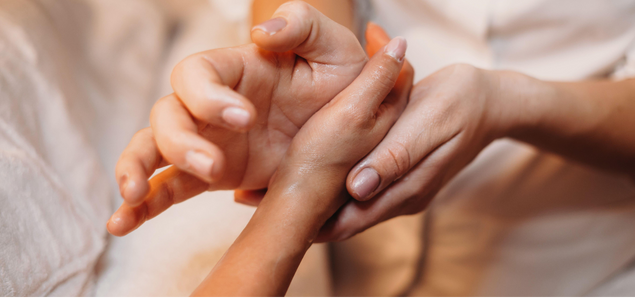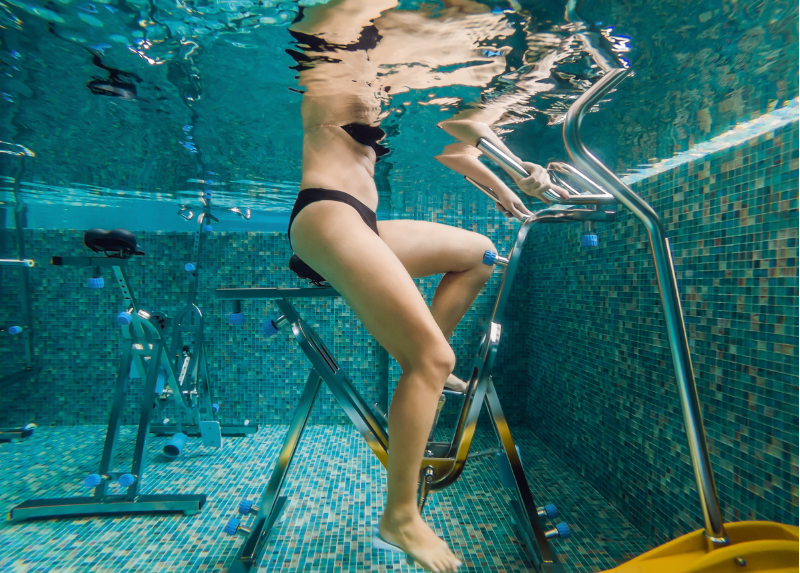
Osteoarthritis affects nearly 10 million French people and causes pain, stiffness, and reduced mobility. To alleviate these symptoms, thermal spas specializing in rheumatology offer targeted treatments, combining the properties of thermal water with gentle rehabilitation techniques.
But what role do these thermal spas actually play for osteoarthritis patients? And how do they fit into an overall care plan alongside medical treatments, dietary supplements, or viscosupplementation?
What is thermal spa care in rheumatology
In France, rheumatology is the primary therapeutic focus of thermal spa treatments, representing nearly 75% of prescriptions. These spa treatments are for a variety of conditions: osteoarthritis, lower back pain, tendonitis, inflammatory rheumatic diseases, fibromyalgia, post-operative situations or trauma.
A thermal spa cure typically lasts three weeks, with daily treatments of about 1 hour 30 minutes. Each program includes four treatments using naturally warm mineral water and mud, selected according to the specific needs of the patient.
How the spa cure works
→ Helps reduce pain
Thermal treatments act directly on joints and muscles:
- Clay poultices from thermal springs
- Thermal baths and jet showers
- Thermal aerated baths and mud baths
These treatments help relax painful joints and provide a lasting pain-relieving effect, often sufficient to reduce the use of analgesics and anti-inflammatories.

→ Helps rehabilitate joints and muscles
Rehabilitation treatments aim to strengthen the muscles that support the joints and improve joint flexibility. Examples include: active thermal pool, aquatic physiotherapy, thermabike, localized mud baths.
This combination breaks the vicious cycle “pain → less movement → stiffness → more pain” and encourages a return to optimal mobility.
The extras offered by rheumatology thermal spas
Beyond the treatments themselves, spas specialized in rheumatology offer psychological and behavioral benefits:
- Resuming daily and sports activities
- Adopting a lifestyle favorable for joint health (nutrition, pain management, relaxation)
- Workshops on “gestures and postures” or “good back care”
Some cures even provide a dual focus, allowing treatment of a second condition — such as phlebology or overweight — alongside rheumatology.
A complementary approach
The thermal spa cure does not replace medical treatments but fits into a global strategy:
- Medical follow-up and prescribed treatments
- Dietary supplements to support joint comfort
- Viscosupplementation if needed
Combined with these solutions, thermal spa treatment significantly improves quality of life and joint comfort for osteoarthritis patients.





